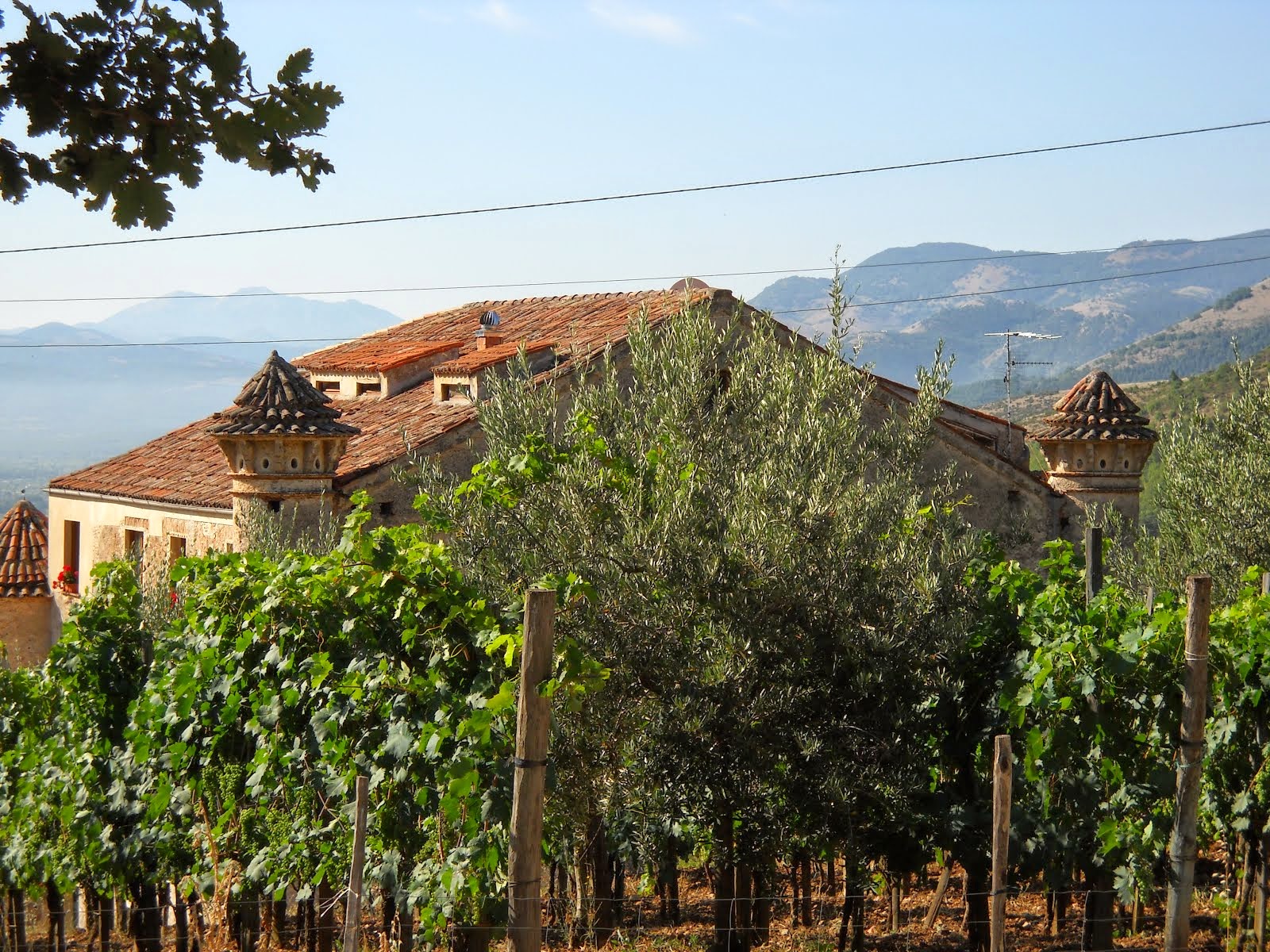 |
| Arrivederci Siena |
North to Bolzano, Italy
We departed Siena with the weather matching our feelings about leaving both the beloved city and people who touched our hearts.
The bus to Bologna, said to always be on time, was ½ hour late. However in answer to prayer, the driver made up for time on the highway. So upon arriving in Bologna we quickly made our way down the street from the bus to the train station with minutes to spare before boarding.
Something that has made our train travel easier, Grazie a
Mila (thank you Mila!), is adding to our vocabulary the word ascensore translated elevator.
We no longer need to separate our stacked luggage and lug them up and down several flights
of stairs. Adesso (now) we glide up and
down between levels in the ascensore - as seen in the photo to the right. How did we miss that!
Once safely on the train we settled in to enjoy the scenery. As we headed north, we took in sights of cypress lined lanes meandering through expanses of green often winding their way up hillsides to picturesque villas or castles. Cities characterized by an assortment of red tiled rooftops with church clock towers reaching skyward - the stereo typical scenes of Tuscany.
Once safely on the train we settled in to enjoy the scenery. As we headed north, we took in sights of cypress lined lanes meandering through expanses of green often winding their way up hillsides to picturesque villas or castles. Cities characterized by an assortment of red tiled rooftops with church clock towers reaching skyward - the stereo typical scenes of Tuscany.
City names, station markers and store advertisements began to represent two languages – that of Italian and German. We arrived in Bolzano in the late afternoon, settled into our flat and after exploring the streets sat down to eat a German meal. We were still in Italy, but aside from the presence of the Italian language, the German influence pervaded.
It has been said that the way to determine whether a man is German or Italian is as follows. "If he is drinking beer he is German, but if he is drinking wine he is Italian." For the women, "If she is wearing high heels (while gracefully walking down a cobblestone street) she is Italian. If she is wearing sensible shoes she is German"













.jpg)
















